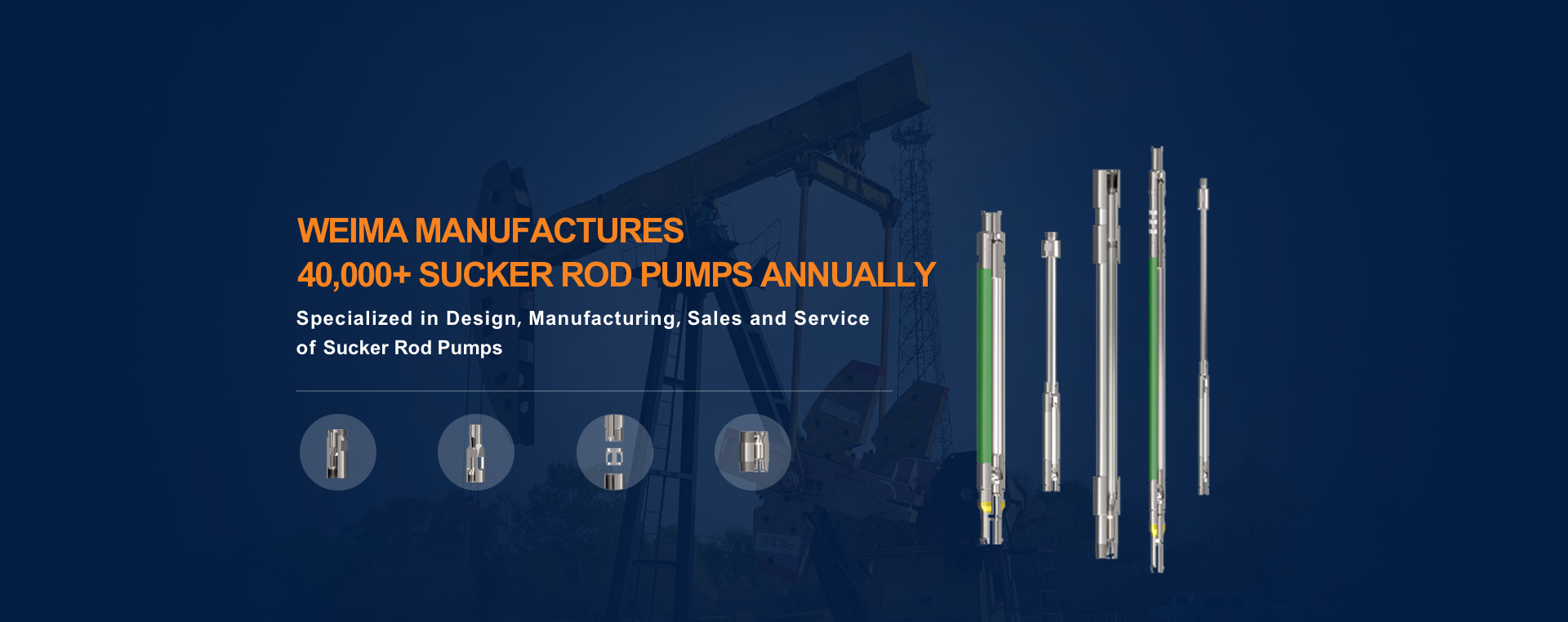Redefining pump fault detection systems with smarter data

This study enhances pump fault detection systems by generating predictive fault data from minimal electrical signals.
In oilfields, energy plants, and remote pumping stations, faults often emerge long before alarms do. But conventional detection systems, reliant on sensors or manual inspections, often fail to spot issues in time. A new study from Shenyang Ligong University proposes an alternative approach to pump fault detection systems: one that transforms sparse historical data into accurate, predictive diagnostics without halting operations.
By converting dynamometer card data into simulated electrical signals, then expanding that dataset through a neural forecasting model, the authors show how advanced classification systems can detect and predict faults with minimal inputs. The results reveal a path toward more scalable, remote-ready fault detection, where performance monitoring doesn’t depend on sensor availability or fault recurrence.
From mechanical motion to diagnostic insight
The foundation of the system is a mechanistic model that links rod motion in beam-type pumping units to electrical power curves. Rather than waiting for faults to occur and recording them directly, the model simulates what electrical parameters would look like under various failure modes such as parting rods, gas interference, or poor fluid supply.
This simulation step solves a longstanding problem in machine learning diagnostics: the scarcity of labelled fault data.
“By converting mechanical load patterns into power curves, we can generate fault samples that are accurate, consistent, and diagnostic-ready,” the researchers said. “It allows AI models to learn from data we wouldn’t otherwise be able to collect in real time.”
For pumping units operating in remote oilfields, this technique bypasses the need for invasive sensors or reactive maintenance, offering a safer, cheaper alternative for monitoring fault states.
Smart forecasting, stronger foundations
Once the mechanical-to-electrical transformation is complete, the research team uses a customised version of the Neural Hierarchical Interpolation for Time Series (N-HiTS) model to expand the dataset. Unlike standard forecasting tools, this neural framework includes convolutional layers that improve sensitivity to local variations in the signal, allowing for better prediction of subtle anomalies in power output.
Across a test set of 12 fault categories, the improved N-HiTS model outperformed other deep learning benchmarks, including LSTM, RNN, and NBEATS. With just 90 input samples, the researchers generated over 200 additional time-series examples. This provided enough training data to build a reliable fault classifier without collecting new field readings.
By predicting fault characteristics across different timeframes and severities, the model supports more granular condition monitoring. This enables maintenance teams to distinguish early-stage wear from critical faults, improving both response time and resource allocation.
Classification without compromise
The final step involves classifying these simulated and forecasted fault states. For this, the team deployed an Omni-Scale Convolutional Neural Network (OS-CNN). This purpose-built architecture consistently outperformed standard classifiers such as MLP, ResNet, and Voice2Series. The OS-CNN achieved 95 per cent accuracy using a single fault cycle and reached 96 per cent when trained on expanded sequences.
Crucially, the system could distinguish between faults of similar signature but different causes. For example, pump leakage and underbalance produce similar curves, yet the model was able to differentiate them by learning how each affected the behaviour of motor power over time. This level of insight is critical for engineers who need to plan maintenance, prioritise spares, or pre-empt system downtime.
“Accurate fault classification doesn’t just minimise downtime,” the researchers said. “It enables smarter decisions about what to repair, when to intervene, and how to optimise system performance.”
Looking forward: scalable diagnostics in any location
As the pump industry leans into condition monitoring and remote asset management, scalable fault detection becomes a strategic priority. This study shows how advanced modelling and machine learning can compensate for limited datasets, turning even a few known fault patterns into full-featured pump fault detection systems.
Future trials in live oilfield or utility settings will help confirm the model’s general applicability. However, the method, using simulated fault data to train robust detection models, offers a clear pathway for operators managing large pump fleets across diverse and unpredictable environments.
For asset managers looking to stay ahead of faults without the costs of constant field instrumentation, this research points toward a smarter, more scalable future.




